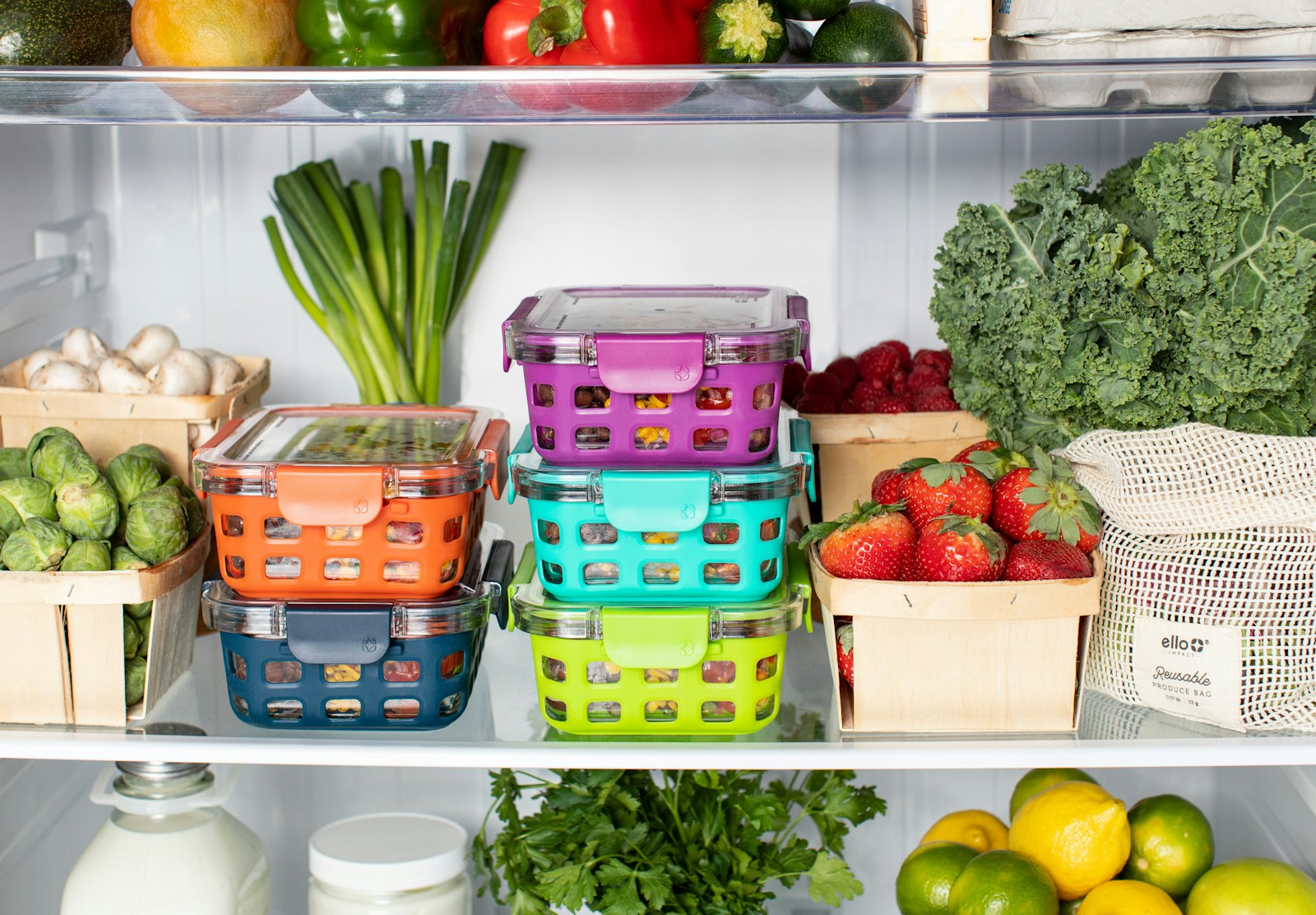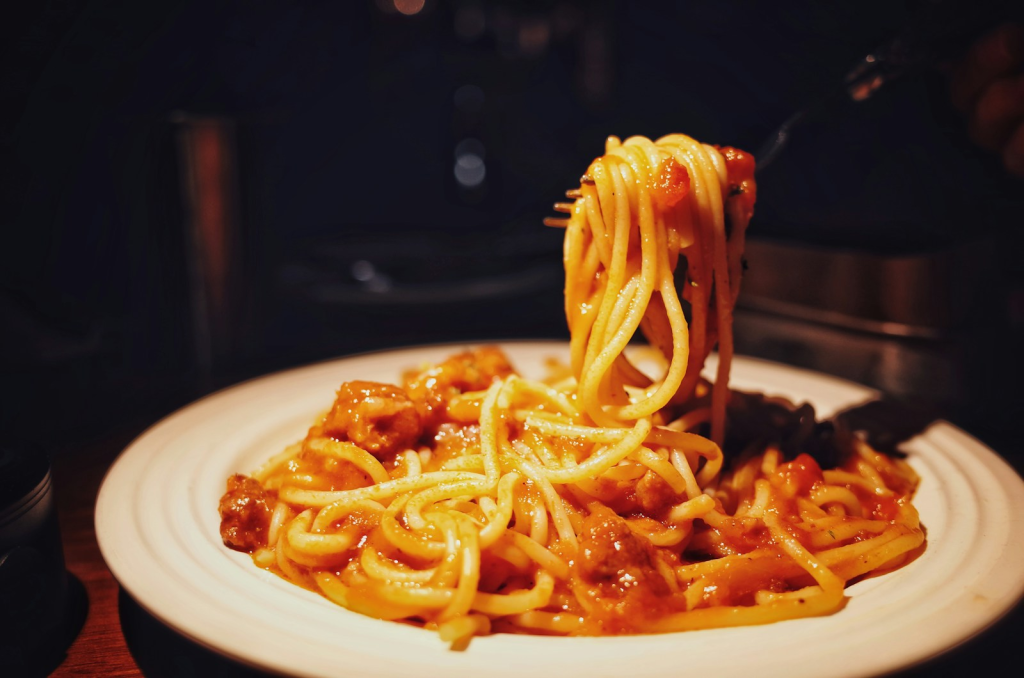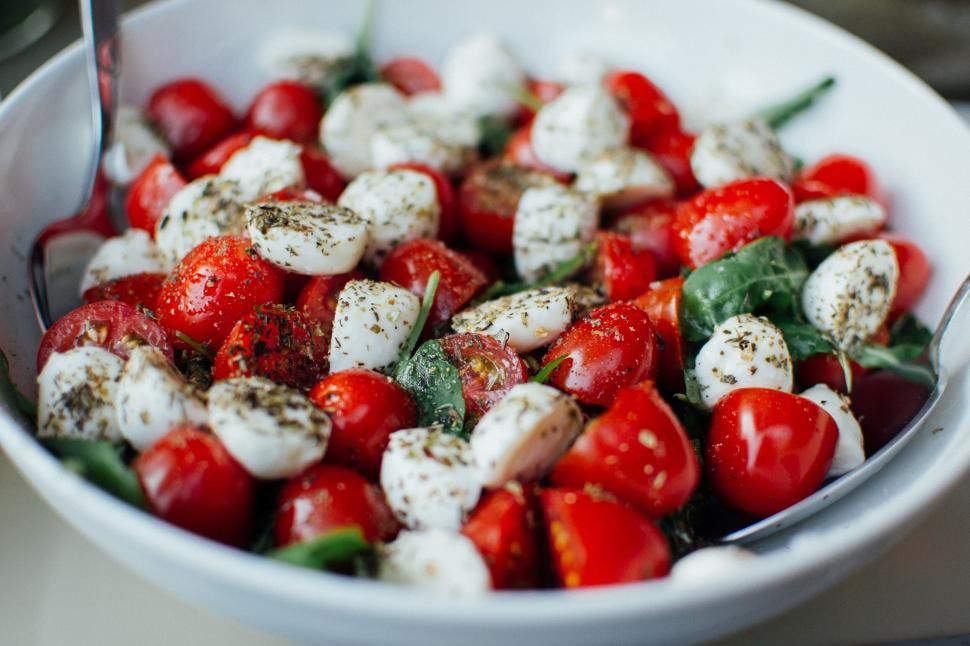
Tomatoes are a cornerstone of culinary delight, gracing our tables in countless forms, from vibrant salads to rich, simmering sauces. Their bright color, succulent texture, and unique burst of flavor make them an indispensable ingredient in kitchens across the globe. Yet, for all their widespread use and appreciation, a surprisingly common habit often undermines their true potential: storing them in the refrigerator. While seemingly a logical step to extend shelf life, this seemingly innocent act actually initiates a series of detrimental changes that compromise the very essence of what makes a fresh tomato so exceptional. This isn’t merely a matter of personal preference; it’s a fascinating story rooted in the same biology of the fruit, a ‘why’ that uncovers the hidden impact of cold on our beloved red spheres.
So, why should we rethink this widely practiced storage method? The answer lies in the intricate, ongoing life of a tomato, even after it has been picked from the vine. Tomatoes, scientifically classified as ‘climacteric fruits,’ possess a remarkable characteristic: they continue their ripening journey post-harvest. This continuation is orchestrated by a crucial internal player, a plant hormone known as ethylene. Ethylene gas acts as a silent conductor, signaling the complex biochemical processes within the fruit to proceed, guiding it towards that perfect state of ripeness – a symphony of changing colors, developing flavors, and softening textures.
Consider the ideal conditions under which a tomato truly flourishes and perfects its internal symphony. These juicy gems thrive in environments that are gently warm and well-ventilated. The pinnacle of flavor development occurs when tomatoes ripen at temperatures typically ranging from around 65°F to 75°F (18°C to 24°C), paired with a touch of low humidity. When these optimal conditions are drastically altered, particularly by the chill of a refrigerator set significantly below this range, the delicate biochemical machinery within the tomato is profoundly disrupted, setting the stage for a less-than-stellar eating experience. It’s a temperature shock that reverberates through the fruit’s entire system, leading to a diminished culinary outcome.
Now, let’s dive into the core issue that transforms our fresh, vibrant tomatoes into a shadow of their former selves: the pervasive impact of refrigeration. This seemingly benign act of placing them in the cold actually triggers several adverse effects, each contributing to a significant degradation of their inherent quality. It’s a compelling case for understanding the precise mechanisms at play, illustrating why cold storage is fundamentally at odds with the tomato’s natural inclination to be delicious.
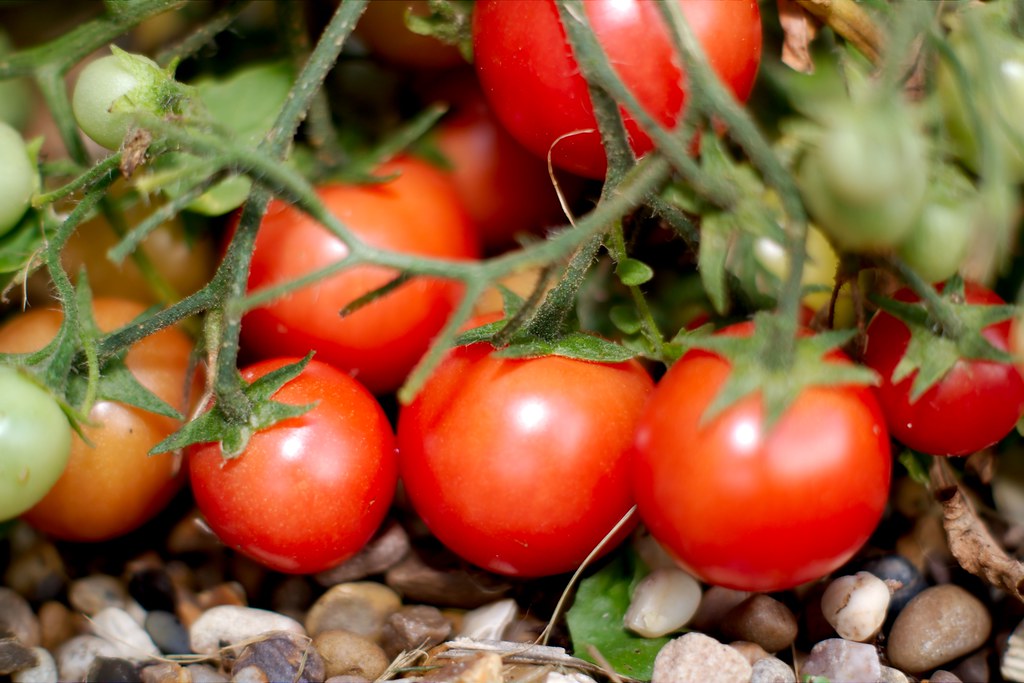
**A Muted Melody of Flavor: The Taste Robbery**
Perhaps the most immediate and disappointing consequence of refrigerating tomatoes is the pronounced loss of their distinctive flavor. When these magnificent fruits are subjected to cold temperatures, typically below 54 degrees Fahrenheit, a critical alteration occurs in the way their internal enzymes function. This chilling effect literally puts a damper on the intricate process of flavor development, hindering the synthesis of the myriad substances that collectively contribute to their characteristic aroma and taste. The robust, sweet, and tangy essence that defines a truly fresh tomato becomes alarmingly muted, leaving behind a bland, uninspired fruit that simply doesn’t deliver on its promise.
Scientific studies have meticulously unpacked this phenomenon, revealing the deep-seated impact of cold. Researchers have “dug into the genetic roots of the problem,” identifying that “cooling tomatoes below 54 degrees stops them from making some of the substances that contribute to their taste.” This isn’t just a casual observation; it’s a scientifically confirmed fact that robs the fruit of its flavor, regardless of whether it’s happening in your personal refrigerator or during large-scale cold storage after harvest, but before the produce even graces the grocery store shelf. The effect is uniform and detrimental across the supply chain, impacting the very aroma that is a key part of their flavor.
The implications of this flavor degradation are vast, especially for dishes where the tomato is meant to be a star. Imagine a Caprese salad with flavorless tomatoes, or a freshly made salsa lacking that vibrant, acidic punch. The subtle balance of sugars and acids, so crucial to the tomato’s delightful profile, is irreparably altered by the cold, leading to an experience that is disappointingly flat. This chemical shift prevents the tomato from developing the full range of its natural flavors, stopping the ripening process in its tracks before the full flavor potential is achieved.
**The Unwelcome Texture Transformation: From Crisp to Mealy**
Beyond the significant impact on taste, refrigeration also inflicts considerable damage on the tomato’s cherished texture. The cold environment of the refrigerator mercilessly breaks down the delicate cell membranes within the fruit. This cellular disintegration leads to a truly unappealing outcome: a mealy, mushy texture that is a stark contrast to the firm, juicy bite we so eagerly anticipate from a perfectly ripe, room-temperature tomato. This is particularly unwelcome for those who savor tomatoes raw, whether sliced for sandwiches or cubed for salads, where a crisp, firm texture is absolutely paramount to the enjoyment.
The scientific explanation for this textural decline is rooted in the fruit’s cellular response to cold. The cold temperature can cause the cell walls to become more rigid initially, but prolonged exposure leads to a breakdown that makes the fruit less sweet and more acidic, and ultimately, paradoxically, soft and mealy. This is why even after allowing a refrigerated tomato to return to room temperature, it often retains an unappetizingly soft and grainy consistency. The damage to its cellular structure is already done, leaving behind a ghost of its former vibrant self.
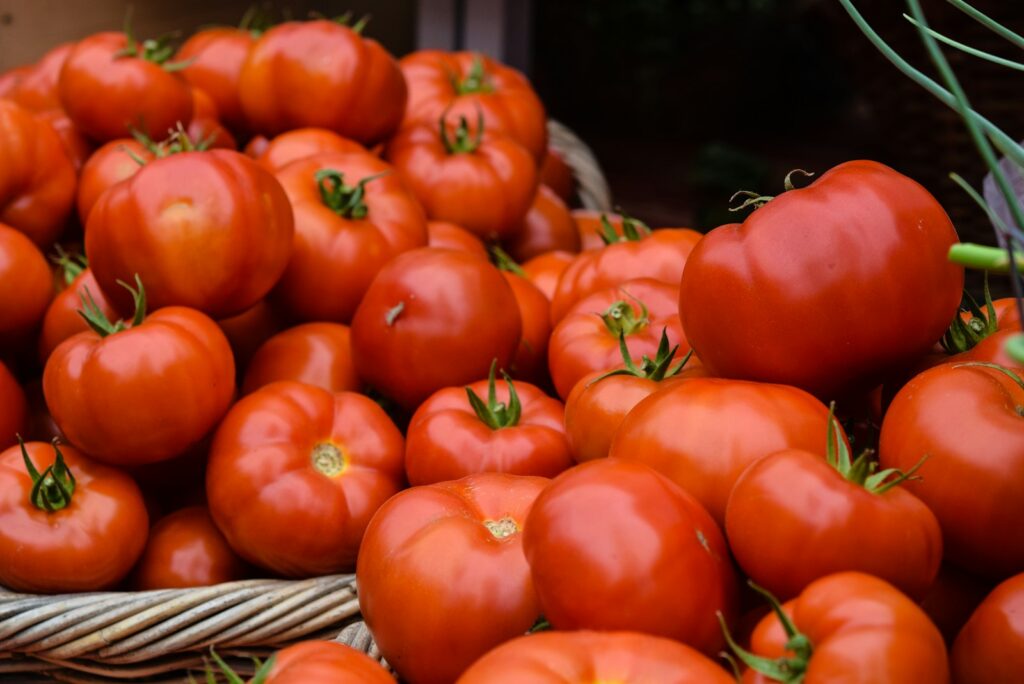
**The Fading Fragrance: Loss of Aroma**
A tomato’s allure isn’t solely confined to its taste or texture; its delightful, fresh aroma plays an equally significant role in the overall sensory experience. This sweet, earthy fragrance is an important part of their appeal, especially when they’re perfectly ripe and poised for consumption. Regrettably, refrigeration acts as a stifling blanket, effectively dulling this natural aroma. The cold air dampens the volatile compounds responsible for the tomato’s characteristic scent, making the fruit less appetizing and robbing us of a key sensory pleasure. It’s a subtle yet powerful loss that diminishes the total enjoyment of a truly fresh tomato.
The interplay between aroma and taste is profound; our perception of flavor is heavily influenced by scent. When the fragrant components of a tomato are suppressed by cold, the overall ‘flavor’ experience suffers dramatically, even if some taste remains. This integral connection means that a refrigerated tomato, even if it could somehow retain some sweetness, would still fall short because its captivating aroma has been compromised, denying us the full, multifaceted sensory experience we expect from this wonderful fruit.
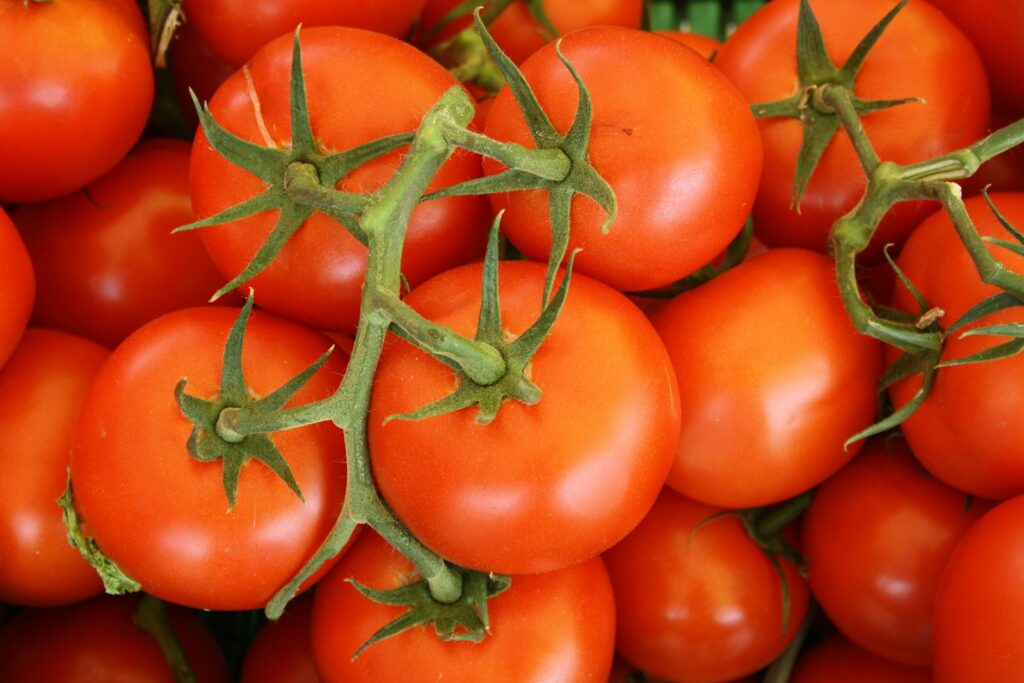
**A Compromise in Goodness: Diminished Nutritional Value**
It might come as a surprise to many, but the very act of cold storage can also lead to a noticeable decrease in some of the vital nutrients that make tomatoes such a healthy addition to our diets. Essential vitamins, notably vitamin C, are susceptible to degradation in lower temperatures. This means that by refrigerating your tomatoes, you could be inadvertently diminishing the very health benefits that fresh tomatoes are celebrated for, impacting everything from immune support to skin health.
Even more significant is the impact on antioxidants, especially lycopene. Lycopene is the powerful compound responsible for the tomato’s iconic red hue and is widely recognized for its significant health benefits, including its role in supporting heart health and fighting inflammation. Research indicates that the antioxidant levels in tomatoes, including lycopene, can be adversely affected by refrigeration. So, the chill in your fridge isn’t just affecting taste and texture; it’s potentially reducing the nutritional punch of your tomatoes, making them less potent allies in your pursuit of well-being.

**The Genetic Code Interrupted: A Scientific Deep Dive**
The scientific community has provided compelling evidence that explains precisely *why* these detrimental changes occur, taking our understanding down to the genetic level. A groundbreaking study published in the Proceedings of the National Academy of Sciences revealed that the fundamental issue stems from the tomato’s genes themselves. Researchers discovered that “some of their genes chill out and are altered by cold temperatures, ultimately affecting the flavor.” This isn’t merely a slowing down; it’s a genuine alteration of the fruit’s inherent biological programming.
The study meticulously unraveled this intricate process, demonstrating that even after just “seven days of storage at 39 degrees,” tomatoes experienced a significant loss of “substances that produce their characteristic aroma, which is a key part of their flavor.” What’s even more striking and disheartening is the finding that “three days of sitting at room temperature didn’t remedy that,” indicating that the damage inflicted by prolonged chilling is not easily reversible. The delicate balance of aromatic compounds, crucial for that authentic tomato taste, is profoundly disrupted, and the fruit struggles to recover.
Further in-depth research specifically pinpointed the genetic culprits. It was shown that “the prolonged chilling reduced the activity of certain genes that make those compounds.” In precise scientific language, the researchers concluded that “chilling-induced tomato flavor loss is associated with altered volatile synthesis and transient changes in DNA methylation.” This ‘methylation’ refers to a crucial biological process where a cluster of atoms, known as a methyl group, attaches itself to an organism’s DNA, directly influencing and altering its function. Methylation is a key player in regulating gene expression, and abnormal patterns have even been linked to disease development in other contexts, underscoring its profound importance.
Essentially, the cold causes a literal molecular alteration within the tomato’s DNA, preventing the genes responsible for flavor development from functioning optimally. This explains why the flavor substances and aroma compounds simply aren’t produced or are produced in significantly lower quantities. It’s a fascinating, albeit unfortunate, insight into the hidden biochemical world within our food. This detailed understanding moves the conversation beyond mere anecdotal advice to firmly established scientific fact, giving us concrete reasons to change our storage habits.
These remarkable scientific discoveries beautifully complement and reinforce the long-held practical wisdom of seasoned growers and culinary professionals. John Banscher, a knowledgeable farmstand owner from New Jersey, has always shared a simple yet profound piece of advice with his customers: keep your tomatoes “out of the fridge or they’ll lose some of their taste.” His intuitive understanding, honed over years of working with fresh produce, is now definitively validated by cutting-edge scientific research.

Denise Tieman, a leading researcher from the University of Florida in Gainesville, who co-authored the seminal paper, highlighted the immense potential stemming from these findings. With this newfound, detailed knowledge of how cold temperatures impact flavor, she expressed genuine optimism that “maybe we can breed tomatoes to change that.” Her laboratory is already actively “looking into the possibility of breeding tomatoes that don’t lose flavor in the cold,” a prospect that promises a brighter, more flavorful future for tomato lovers everywhere. This forward-thinking research embodies the spirit of practical, actionable science, striving to solve everyday challenges.
Until such resilient, cold-tolerant tomato varieties become widely available, Banscher’s straightforward guidance remains the golden rule for preserving peak tomato quality. He advises, “Just leave them out on the counter, or leave them in a shaded area, something like that.” He confidently asserts that “A tomato has a decent shelf life” when stored correctly, emphasizing that proper room-temperature conditions naturally extend their freshness without compromising their inherent goodness. This blend of traditional wisdom and authoritative scientific backing provides a clear, empathetic, and relatable directive for every home cook.
Understanding the multifaceted ‘why’ behind proper tomato storage transforms a simple kitchen task into an informed act of culinary care. Just as the word ‘why’ serves as a fundamental tool in language for seeking explanations and delving into the reasons behind phenomena, applying it to our daily habits empowers us. This small but powerful word is central to inquiry, understanding, and conversation, making us better communicators and, in this case, better custodians of our food. It helps us appreciate the depth of knowledge behind even the most common kitchen staples.
The journey of deciphering the secrets of the tomato, from its ripening process driven by ethylene gas to the intricate genetic responses to cold, underscores humanity’s innate desire to seek explanations. The robust, sweet, and tangy essence that defines a fresh tomato is a delicate symphony, easily disrupted by the harsh chill of refrigeration. This constant pursuit of ‘why’ allows us to peel back the layers of everyday phenomena, revealing the deeper truths that govern our world and the food we consume. It ensures that we are making choices based on understanding, not just habit.
This detailed exploration into the ‘why’ of tomato storage is not merely academic; it is profoundly practical and immediately actionable. It offers tangible advice and solutions that readers can immediately apply to their daily lives, transforming a potentially detrimental habit into a beneficial practice. The information is presented in a straightforward, easy-to-understand manner, avoiding unnecessary jargon to reach a broad audience, characteristic of a trustworthy and empathetic approach. We are here to address common household challenges with supportive guidance, making complex biological concepts accessible.
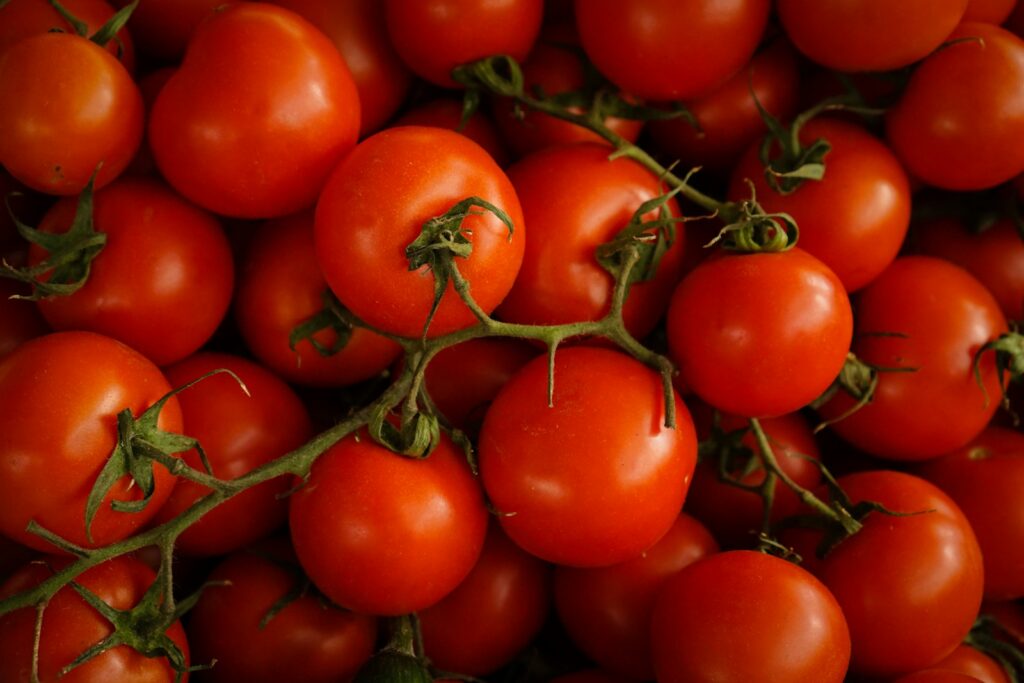
Now that we’ve thoroughly explored the scientific ‘why’ behind keeping tomatoes out of the refrigerator, it’s time to shift our focus to the ‘how.’ Understanding the detrimental effects of cold on these beloved fruits empowers us to make smarter choices, ensuring that every tomato we bring home delivers on its promise of vibrant flavor and perfect texture. This section will guide you through the best practices for nurturing your tomatoes at room temperature, explore crucial exceptions to the rule, delve into long-term preservation methods, and provide practical tips for recognizing spoilage and understanding the nuances of store-bought versus homegrown varieties.
Mastering the art of tomato preservation truly begins with the simple act of choosing the right environment. These juicy gems, as we’ve learned, are climacteric fruits, meaning they continue their ripening journey even after being picked. To support this natural process, the ideal setting is far removed from the chilling confines of your fridge. Think of it as creating a cozy, nurturing space where your tomatoes can truly thrive and develop their full, magnificent potential.
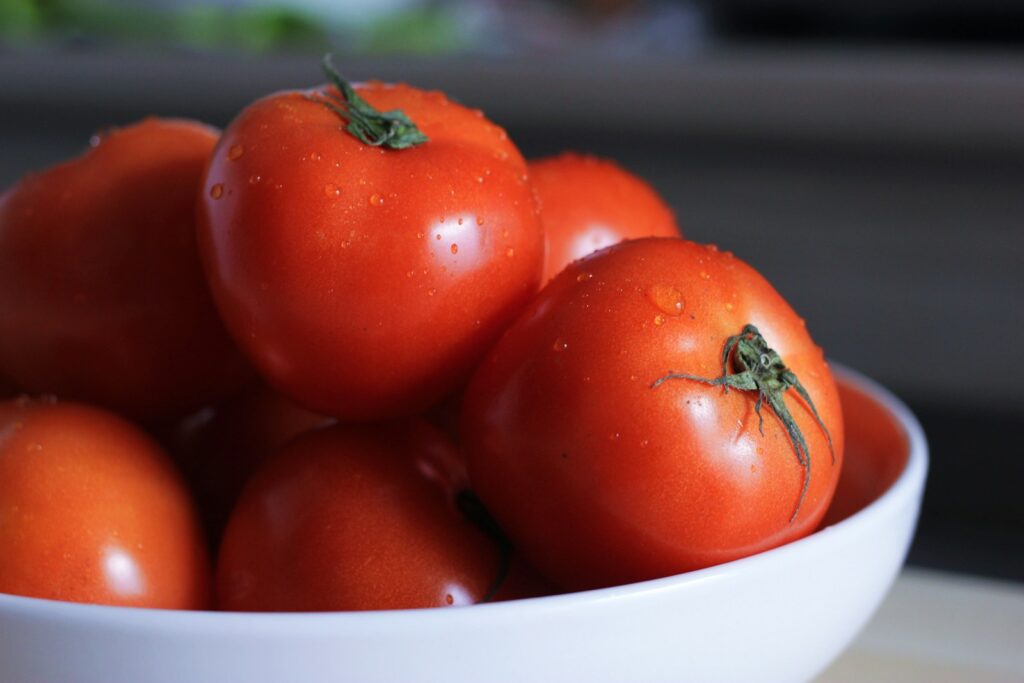
**Proper Storage Techniques: Nurturing Tomatoes at Room Temperature**
The most fundamental and impactful step in ensuring your tomatoes remain at their peak is to store them at room temperature. This seemingly small shift from old habits can yield truly remarkable results in terms of taste, texture, and aroma. It’s all about respecting the fruit’s natural biology and providing conditions that mimic its ideal ripening environment.
When we talk about room temperature, it’s not a free-for-all on any kitchen surface. The goal is a cool, dry area that’s consistently out of direct sunlight. Intense sunlight can accelerate ripening too quickly, potentially leading to softness before full flavor has developed, or even encouraging spoilage. A shaded spot on your kitchen counter, a pantry shelf, or even a fruit bowl on a table away from a sunny window are all excellent choices. Remember, the optimal temperature range for these fruits to truly perfect their internal symphony is typically around 65°F to 75°F (18°C to 24°C), paired with a touch of low humidity. This environment allows the natural ethylene gas to work its magic, orchestrating the biochemical processes that lead to that irresistible sweetness, tang, and aroma we cherish.
This careful consideration of temperature and light is crucial because it directly influences the complex enzyme activity within the tomato. As we discussed earlier, cold temperatures—especially those below 54 degrees Fahrenheit—can literally put a damper on the synthesis of the myriad substances that collectively contribute to their characteristic aroma and taste. By maintaining the right ambient conditions, you ensure these enzymes are operating at their peak efficiency, allowing the tomato to fully express its delightful flavor profile, unhindered by the molecular alterations that chilling can cause.
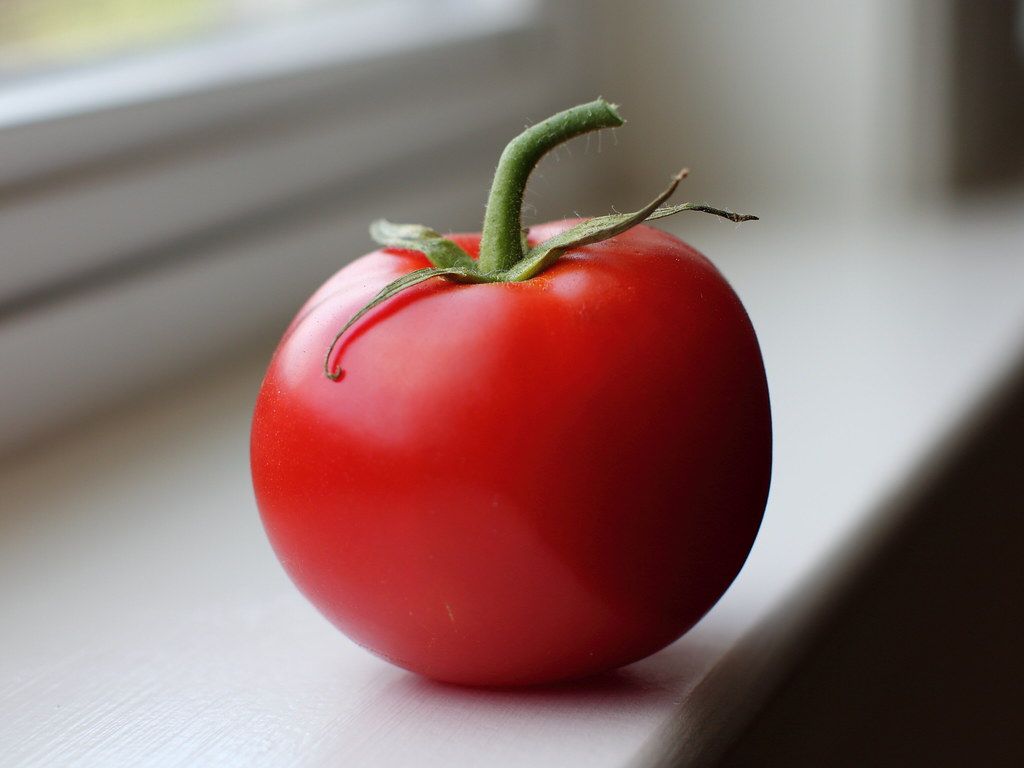
**Beyond the Counter: Freezing for Long-Term Culinary Use**
What happens when you’re faced with a bountiful harvest or a fantastic deal on tomatoes, far more than you can possibly consume fresh or even cook within a reasonable timeframe? This is where freezing steps in as an invaluable long-term preservation method, a true kitchen hero for any home cook. Freezing tomatoes is a brilliant way to capture their essence and extend their utility for up to six months, ensuring you have that taste of summer well into the colder months.
To freeze tomatoes effectively, start by washing them thoroughly and removing the core. From there, you have options: you can either leave them whole, especially smaller varieties, or chop them up into larger pieces, depending on your intended future use. Many people find it beneficial to blanch them briefly in boiling water for about 30-60 seconds, followed immediately by an ice bath. This quick blanching loosens the skins, making them incredibly easy to peel, though this step is entirely optional if you don’t mind the skins in your cooked dishes. Once prepared, ensure they are thoroughly dry.
Next, place the prepared tomatoes in airtight freezer bags or rigid containers. The key here is to remove as much air as possible before sealing, as air is the enemy of frozen food quality, leading to freezer burn. For whole tomatoes, laying them in a single layer on a baking sheet to flash freeze them before transferring them to bags can prevent them from clumping together, making it easier to grab just what you need later. While freezing is fantastic for long-term storage, it’s important to understand its impact: freezing *will* alter the texture of the tomato, making it much softer once thawed. Because of this, frozen tomatoes are universally best suited for cooked dishes—think vibrant sauces, robust soups, flavorful stews, or even a quick bruschetta topping where the texture is less critical than the concentrated flavor. They won’t hold up for fresh salads or sandwiches, but they’ll be a star in your favorite cooked creations.
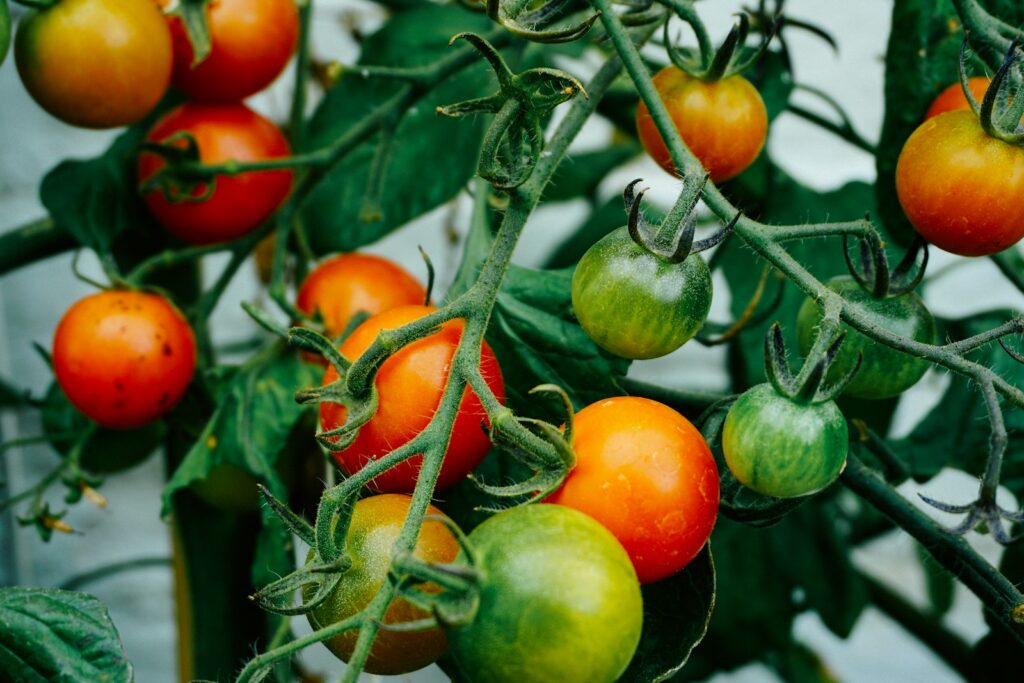
**Recognizing Spoilage**
Spoiled tomatoes exhibit several clear signs that indicate they should no longer be consumed. One of the most obvious indicators is a significant change in texture. While a ripe tomato should feel slightly soft to the touch with a gentle give, a spoiled one will feel excessively mushy, often to the point of being squishy or even bursting upon handling. Any significant increase in dark spots, particularly those that are sunken or appear moldy, are definite red flags. If you see fuzz or discoloration that wasn’t there before, it’s a clear sign to discard the fruit. These visual cues are your first line of defense in identifying decay.
Beyond what you can see, pay close attention to smell. A fresh tomato has a sweet, earthy, inviting aroma. A spoiled tomato, however, will often develop a sour, fermented, or off-putting smell, indicating that it has begun to break down due to microbial activity. If the skin of the tomato appears shriveled, wrinkled, or has any signs of mold growth, it’s best to err on the side of caution and dispose of the fruit. Always prioritize food safety and quality when consuming fresh produce. When in doubt, throw it out – it’s simply not worth the risk.
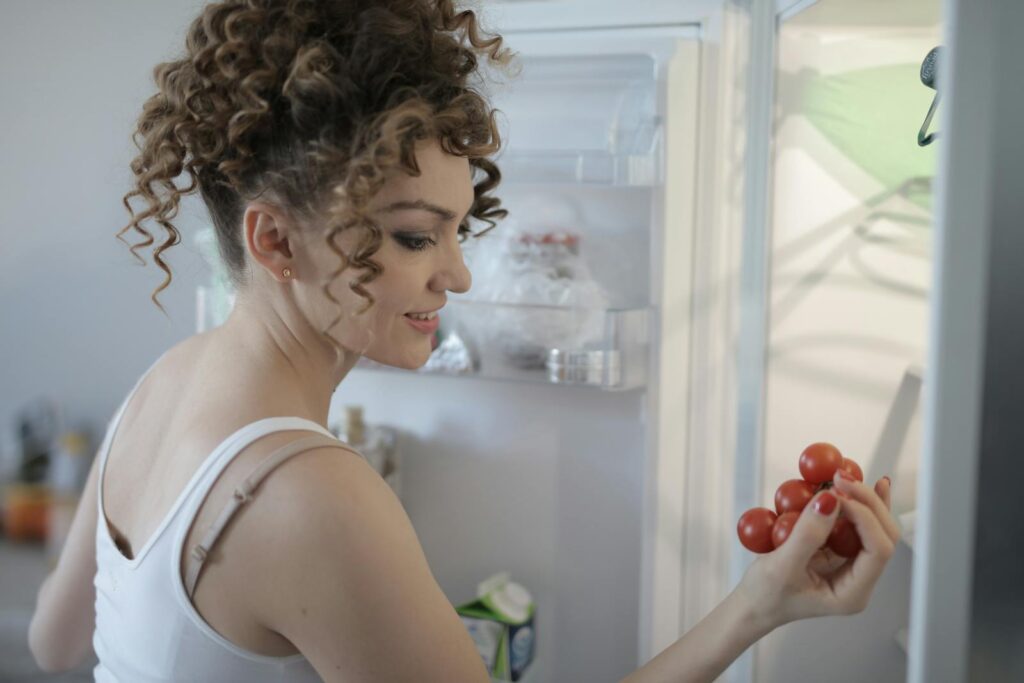
**Understanding Store-Bought Differences**
Have you ever wondered why that perfectly red, unblemished tomato from the supermarket often lacks the rich, vibrant flavor of one picked from a garden or a local farmstand? This difference is not your imagination; it’s due to several factors inherent in commercial agriculture. Store-bought tomatoes are frequently harvested before they are fully ripe. Why? Because unripe tomatoes are far more durable and can better withstand the rigors of transportation and cold storage, extending their shelf life for the retail environment. This early harvesting, however, means they simply do not develop the full spectrum of complex flavors and aromatic compounds that occur when tomatoes are allowed to ripen naturally on the vine.
Moreover, the varieties of tomatoes grown commercially are often selected for traits like uniform shape, disease resistance, and durability during transport rather than peak flavor. This means the genetic potential for amazing taste might not even be present in many supermarket varieties, as breeders prioritize commercial viability. On the other hand, homegrown tomatoes can be left on the vine until they reach their absolute peak of ripeness, ensuring they develop maximum sweetness, acidity, and aroma. Additionally, home gardeners and local farmers often cultivate heirloom varieties, which are specifically cherished for their unique and diverse flavor profiles, offering a sensory experience often missing in the mass-produced options. Understanding these differences reinforces the importance of proper home storage, as it allows you to maximize the flavor potential of whatever tomatoes you bring into your kitchen.
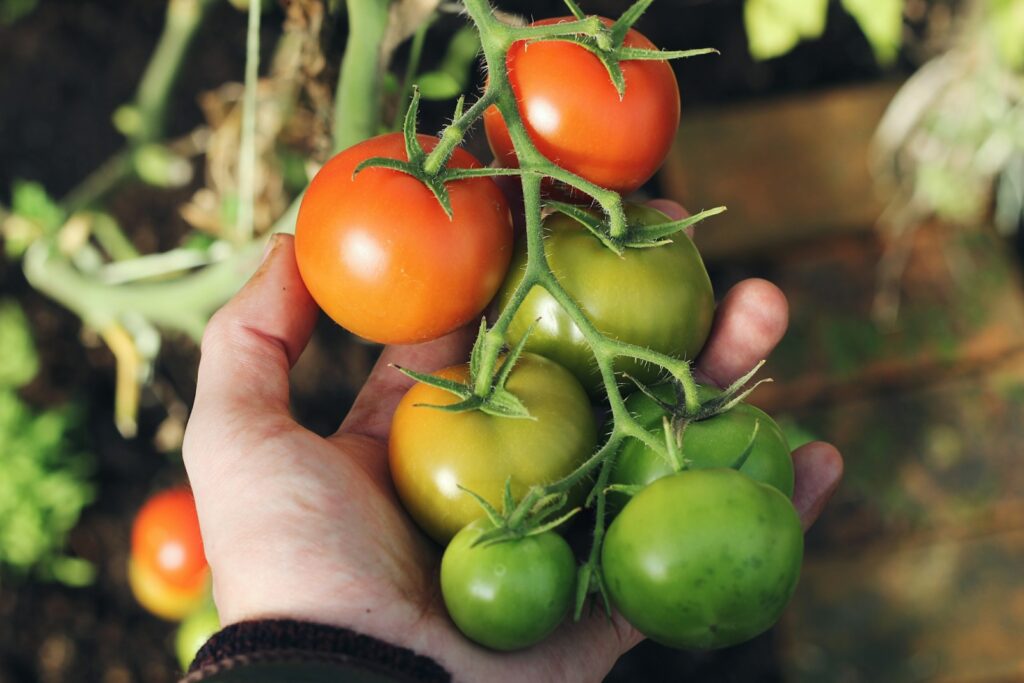
**Final Thoughts on Embracing Natural Ripening**
As we conclude our deep dive into the world of tomato storage, the overarching message is clear and incredibly empowering: embracing natural ripening at room temperature is the single best gift you can give your tomatoes and, by extension, your palate. We’ve journeyed through the science that explains why cold is the enemy of flavor, texture, and even nutritional integrity, and now you possess the practical wisdom to counteract those negative effects. You are equipped with reliable, expert-backed knowledge that can genuinely enhance your culinary experiences, transforming a common kitchen staple into a vibrant, delicious star in your dishes.

